
Antonella Torrisi
@antorrisi.bsky.social
PhD student at @c4dm.bsky.social & @preparedmindslab.bsky.social ( QMUL)- Using AI to study animal communication.
Reposted by Antonella Torrisi
Our new study on remote touch .....✋
Touching Without Contact: We Physically Sense Objects Before Feeling Them - neurosciencenews.com/remote-touch... @zhengqichen.bsky.social @lauracrucianelli.bsky.social @elisabettaversace.bsky.social #LorenzoJamone ✋
--> 📹 youtu.be/6hpuLojesyQ?...
Touching Without Contact: We Physically Sense Objects Before Feeling Them - neurosciencenews.com/remote-touch... @zhengqichen.bsky.social @lauracrucianelli.bsky.social @elisabettaversace.bsky.social #LorenzoJamone ✋
--> 📹 youtu.be/6hpuLojesyQ?...

Touching Without Contact: We Physically Sense Objects Before Feeling Them - Neuroscience News
A new study shows that humans possess a form of “remote touch,” allowing them to detect hidden objects in sand before making direct contact.
neurosciencenews.com
November 8, 2025 at 1:38 PM
Our new study on remote touch .....✋
Touching Without Contact: We Physically Sense Objects Before Feeling Them - neurosciencenews.com/remote-touch... @zhengqichen.bsky.social @lauracrucianelli.bsky.social @elisabettaversace.bsky.social #LorenzoJamone ✋
--> 📹 youtu.be/6hpuLojesyQ?...
Touching Without Contact: We Physically Sense Objects Before Feeling Them - neurosciencenews.com/remote-touch... @zhengqichen.bsky.social @lauracrucianelli.bsky.social @elisabettaversace.bsky.social #LorenzoJamone ✋
--> 📹 youtu.be/6hpuLojesyQ?...
Reposted by Antonella Torrisi
Very excited and proud to share my postdoctoral research with @neurrriot.bsky.social looking at the context-specific encoding of social behavior 💃🕺 in hormone-sensitive, large-scale brain networks in mice!
www.biorxiv.org/content/10.1...
#neuroskyence #compneurosky 🧪
1/12
www.biorxiv.org/content/10.1...
#neuroskyence #compneurosky 🧪
1/12
September 25, 2025 at 4:45 PM
Very excited and proud to share my postdoctoral research with @neurrriot.bsky.social looking at the context-specific encoding of social behavior 💃🕺 in hormone-sensitive, large-scale brain networks in mice!
www.biorxiv.org/content/10.1...
#neuroskyence #compneurosky 🧪
1/12
www.biorxiv.org/content/10.1...
#neuroskyence #compneurosky 🧪
1/12
Reposted by Antonella Torrisi
"I’m a Genocide Scholar. I Know It When I See It." www.nytimes.com/2025/07/15/o...

Opinion | I’m a Genocide Scholar. I Know It When I See It.
www.nytimes.com
July 15, 2025 at 5:07 PM
"I’m a Genocide Scholar. I Know It When I See It." www.nytimes.com/2025/07/15/o...
Reposted by Antonella Torrisi
Our paper on automatic sample identification (arxiv.org/abs/2506.14684) was accepted at @ismir_conf 2025! 🎵🎶
We propose an architecture that can detect music samples that have been reused in new compositions, even after pitch-shifting, time-stretching, and other transformations!🧵
We propose an architecture that can detect music samples that have been reused in new compositions, even after pitch-shifting, time-stretching, and other transformations!🧵

June 25, 2025 at 10:45 AM
Our paper on automatic sample identification (arxiv.org/abs/2506.14684) was accepted at @ismir_conf 2025! 🎵🎶
We propose an architecture that can detect music samples that have been reused in new compositions, even after pitch-shifting, time-stretching, and other transformations!🧵
We propose an architecture that can detect music samples that have been reused in new compositions, even after pitch-shifting, time-stretching, and other transformations!🧵
Reposted by Antonella Torrisi
The value of ecologically irrelevant animal cognition research
Opinion by Scarlett Howard
tinyurl.com/37aedmfx
Opinion by Scarlett Howard
tinyurl.com/37aedmfx
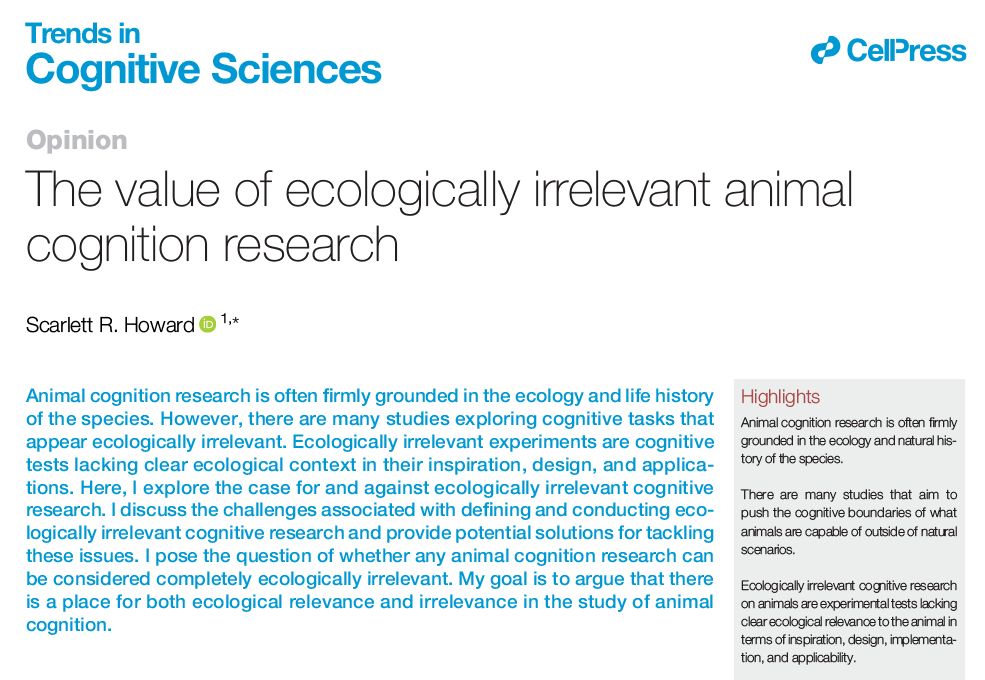
June 18, 2025 at 5:38 PM
The value of ecologically irrelevant animal cognition research
Opinion by Scarlett Howard
tinyurl.com/37aedmfx
Opinion by Scarlett Howard
tinyurl.com/37aedmfx
I love this work from my colleagues from the psychology department!
This week for QMUL's #FestivalofEducation, the fantastic masters student Jane O’Sullivan presented a poster on #PositiveBalance using #PositivePsychology and #DigitalTechnologies to support adolescent wellbeing ⭐
@elisabettaversace.bsky.social @jieyinghuang.bsky.social @rosiedavis.bsky.social
@elisabettaversace.bsky.social @jieyinghuang.bsky.social @rosiedavis.bsky.social

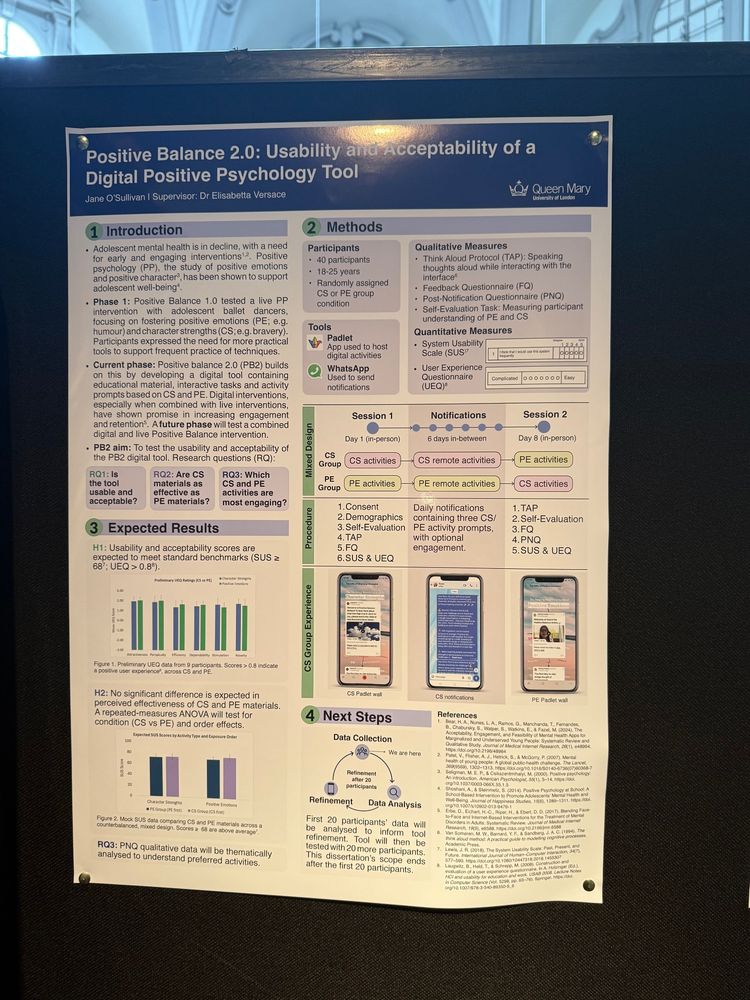
June 13, 2025 at 12:51 PM
I love this work from my colleagues from the psychology department!
Reposted by Antonella Torrisi
Preprint from us: "Clustering and novel class recognition: evaluating bioacoustic deep learning feature extractors" https://arxiv.org/abs/2504.06710 -- Vincent Kather evaluates a big set of deep embeddings for #bioacoustics
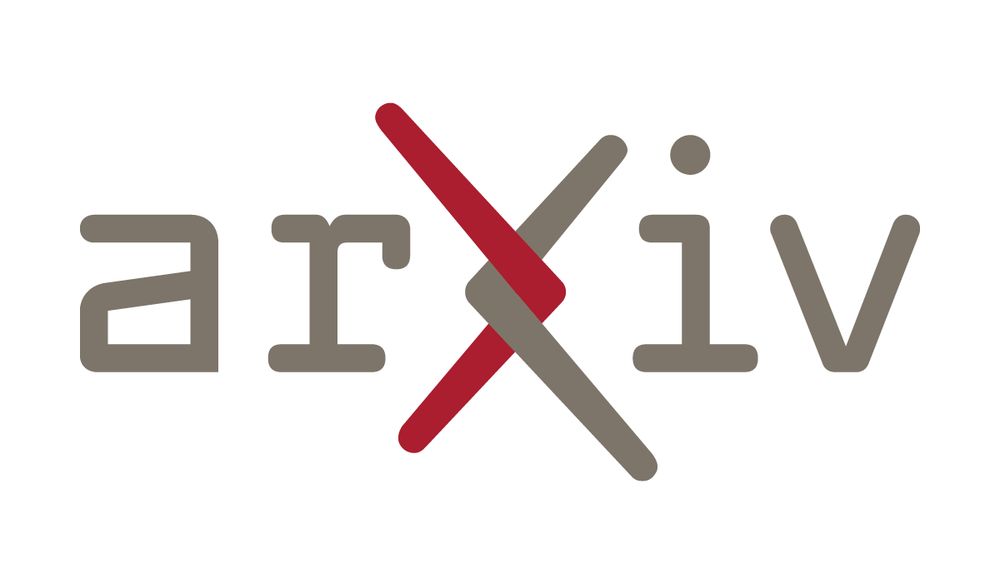
Clustering and novel class recognition: evaluating bioacoustic deep learning feature extractors
In computational bioacoustics, deep learning models are composed of feature extractors and classifiers. The feature extractors generate vector representations of the input sound segments, called embeddings, which can be input to a classifier. While benchmarking of classification scores provides insights into specific performance statistics, it is limited to species that are included in the models' training data. Furthermore, it makes it impossible to compare models trained on very different taxonomic groups. This paper aims to address this gap by analyzing the embeddings generated by the feature extractors of 15 bioacoustic models spanning a wide range of setups (model architectures, training data, training paradigms). We evaluated and compared different ways in which models structure embedding spaces through clustering and kNN classification, which allows us to focus our comparison on feature extractors independent of their classifiers. We believe that this approach lets us evaluate the adaptability and generalization potential of models going beyond the classes they were trained on.
arxiv.org
April 14, 2025 at 6:58 AM
Preprint from us: "Clustering and novel class recognition: evaluating bioacoustic deep learning feature extractors" https://arxiv.org/abs/2504.06710 -- Vincent Kather evaluates a big set of deep embeddings for #bioacoustics
Reposted by Antonella Torrisi
Alex and Robyn had an amazing day engaging the children of Wapping High School in the fascinating world of animal behaviour! @asabeducation.bsky.social #nationalscienceweek #animalbehaviour #outreach

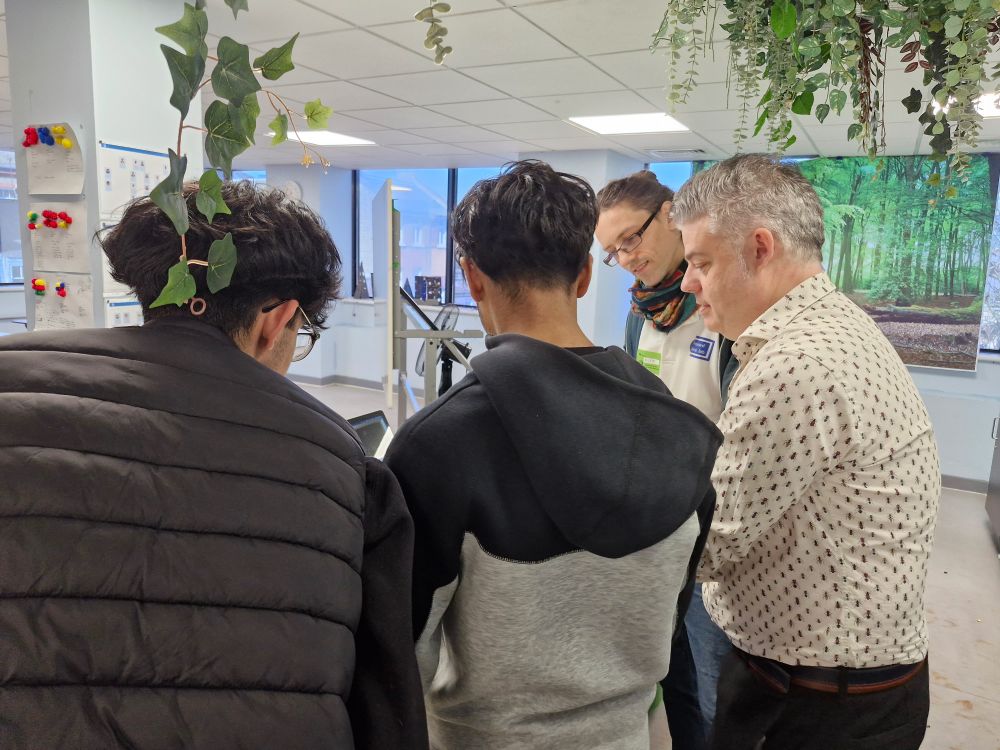
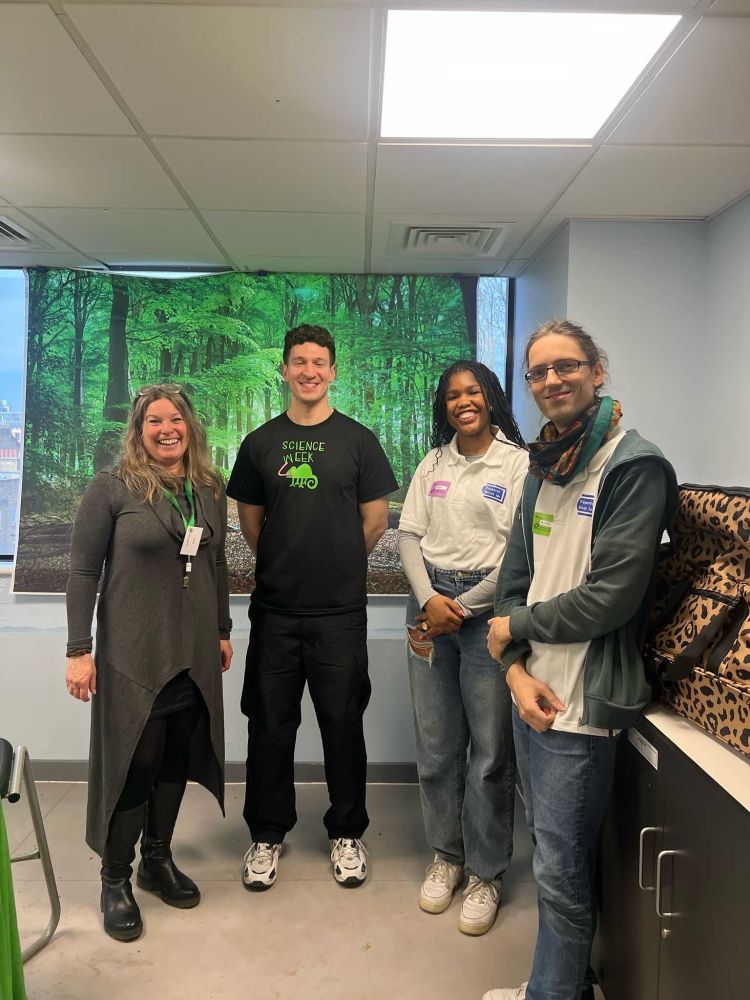
March 25, 2025 at 11:12 AM
Alex and Robyn had an amazing day engaging the children of Wapping High School in the fascinating world of animal behaviour! @asabeducation.bsky.social #nationalscienceweek #animalbehaviour #outreach

